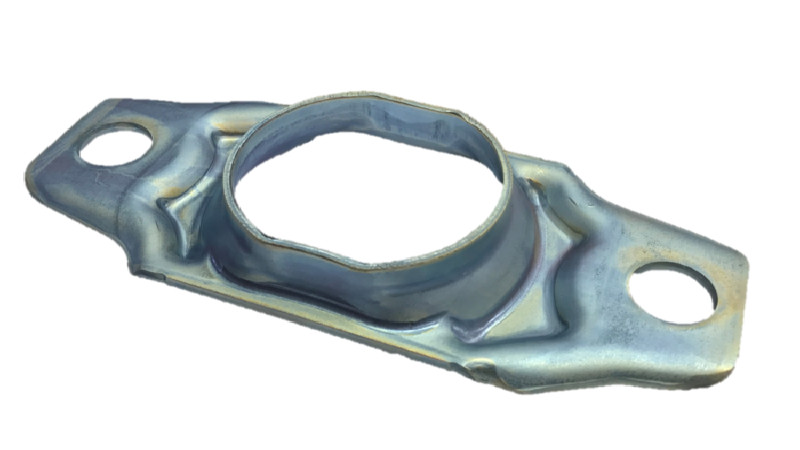It can be confusing for a company working on a first project to talk to fabricators and manufacturing services. It may seem as if these professionals are talking a completely different language, so having a basic understanding of the most common processes they may recommend to create steel parts is a benefit in the discussions.
Working with an experienced, reputable sheet metal work company is always the best option, particularly for a start-up business without in-house engineers and fabrication experts. Turning to a trusted company specialising in sheet metal fabrication will ensure the correct processes are used to create the ideal parts at the lowest possible price.
Cutting
One of the most commonly used options in sheet metal work is cutting. This is just as it sounds, with specialised equipment used to cut out precise shapes from the sheet.
There are several types of cutting machines and systems which are commonly used. Laser cutting is a very low-cost option for creating simple to very complex shapes with limited waste, high speed, and exacting precision. Nesting or cutting shapes within shapes can also be used with this technology, further reducing any waste produced while also saving the customer in the cost of production.
Folding and Forming
Large brakes can be used to fold or bend sheet metal into crisp, precise shapes. The equipment can be used to create multiple folds for complex shapes or to create a single fold, edge or lip.
This can be done using CNC machines, which are controlled to exacting specifications by a computer program. Manual equipment can also be used for simple to complex bending and forming requirements, as can the application of heat to allow for specific bends and angles.
Punching is another form of shaping, and this can be combined with embossing or countersinking to create very unique pieces. As with other types of sheet metal work, this can be completed on CNC or manual equipment based on the requirements of the job.




